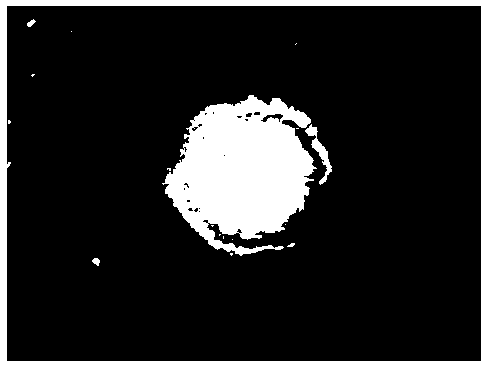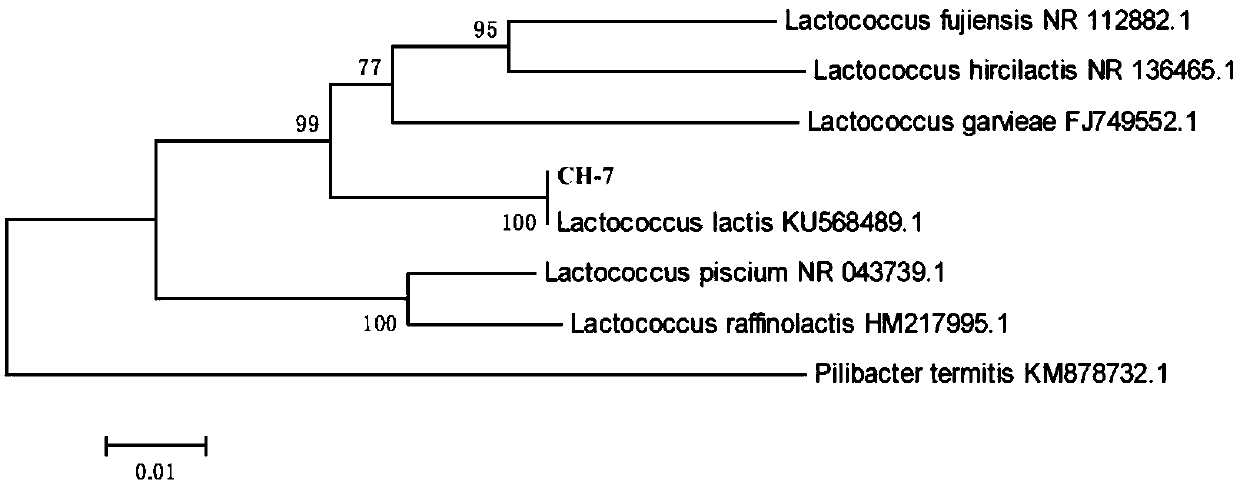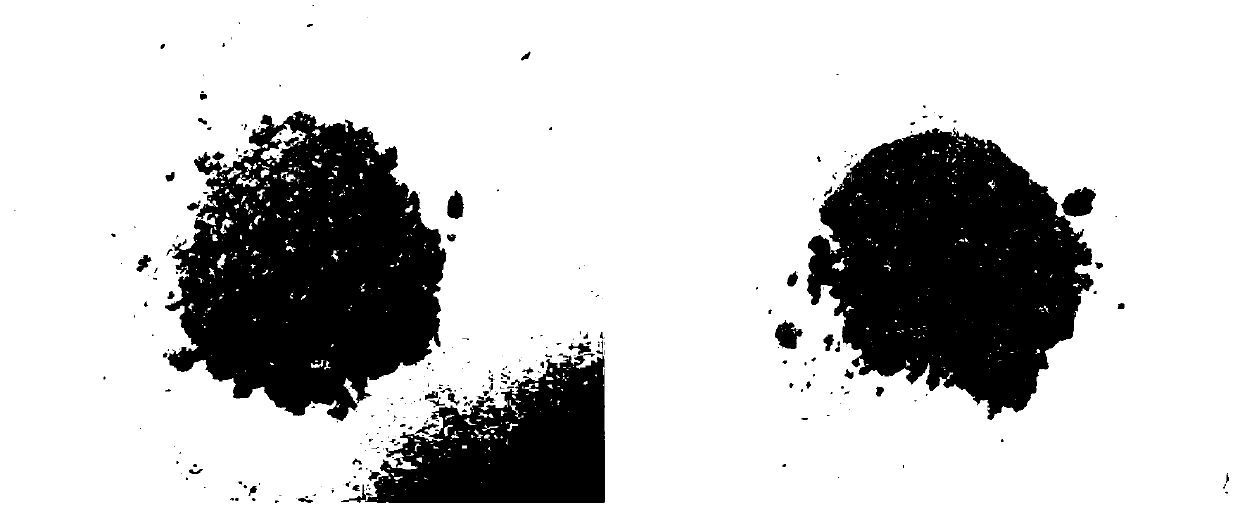Application of lactococcus lactis KDLL2016-01 in preparation of protein feed by fermenting feathers
A technology of Lactococcus lactis and protein feed, which is applied in the field of animal nutrition and feed, can solve the problems of livestock and poultry toxicity, large nutrient damage, and surrounding environmental pollution, and achieve low cost, good palatability, and increased feed intake. Effect
- Summary
- Abstract
- Description
- Claims
- Application Information
AI Technical Summary
Problems solved by technology
Method used
Image
Examples
Embodiment 1
[0040] Example 1: Isolation, screening and identification of feather meal degrading bacteria
[0041] 1. Experimental method
[0042](1) Collection of samples: ① The strain isolation samples were collected from the feces of broiler chickens raised in the animal breeding base of Northeast Agricultural University in 2016; Homogenize to make a suspension, take 1mL of the suspension and put it into a 250mL Erlenmeyer flask containing 100mL of enrichment medium, enrich and cultivate at 30°C for 48h at 220r / min to prepare an enrichment culture solution.
[0043] (2) Preliminary screening: After diluting the enriched culture solution according to the gradient, take 0.1mL each and spread it on the feather meal solid medium plate, culture it upside down in a constant temperature incubator at 30°C for several days and observe it. After the colonies grow, select For well-grown, large single colonies, re-streak on LB plates, culture at a constant temperature of 30°C for 3 days, and separ...
Embodiment 2
[0056] Embodiment two: the optimization of the condition of fermented and degraded feather meal by Lactococcus
[0057] 1 Experimental method
[0058] 1.1 Medium
[0059] (1) Fermentation medium: beef extract 10g, yeast extract 10g, sucrose 100g, sodium chloride 2g, dipotassium hydrogen phosphate 10g, magnesium sulfate 0.5g, pH value 6.0, sterilized at 121°C for 20min.
[0060] (2) MRS liquid medium (seed medium): beef extract 8.0g, peptone 10.0g, yeast extract 4.0g, glucose 20.0g, diammonium hydrogen citrate 2.0g, dipotassium hydrogen phosphate 2.0g, sodium acetate 5.0g , magnesium sulfate 0.2g, Tween 80 1.0g, manganese sulfate 0.05g, deionized water 1000mL, pH value 5.7, sterilized at 121°C for 20min.
[0061] 1.2 Optimization of fermentation conditions
[0062] The single factor test was used to study the factors affecting the fermentation of Lactococcus feathers: the presence or absence of oxygen, time, rotation speed, temperature, inoculation amount and pH value on the...
Embodiment 3
[0102] Embodiment three: the physicochemical property analysis of fermented feather meal
[0103] 1 Experimental method
[0104] 1.1 Analysis of the Morphological Structure of Fermented Feather Meal
[0105] The feather wastes of the day were collected from the market, washed with tap water, then washed three times with distilled water, dried in an oven at 65°C to constant weight, and crushed through a 40-mesh sieve to make feather meal. Wash the fermented product of feather meal and the nylon bag together with tap water, and then wash it with distilled water three times, take out the feather meal and sterilize it in an oven at 120°C for 15 minutes, then dry it at 65°C to constant weight, crush it through a 40-mesh sieve, and The condition of embodiment two optimization prepares fermented feather meal (being albumen feed) according to the following steps, and concrete method is as follows:
[0106] (1) After the feathers are washed, they are mixed with water and agar and sti...
PUM
 Login to View More
Login to View More Abstract
Description
Claims
Application Information
 Login to View More
Login to View More - R&D
- Intellectual Property
- Life Sciences
- Materials
- Tech Scout
- Unparalleled Data Quality
- Higher Quality Content
- 60% Fewer Hallucinations
Browse by: Latest US Patents, China's latest patents, Technical Efficacy Thesaurus, Application Domain, Technology Topic, Popular Technical Reports.
© 2025 PatSnap. All rights reserved.Legal|Privacy policy|Modern Slavery Act Transparency Statement|Sitemap|About US| Contact US: help@patsnap.com



